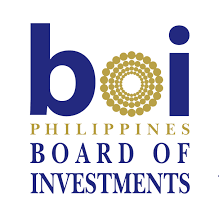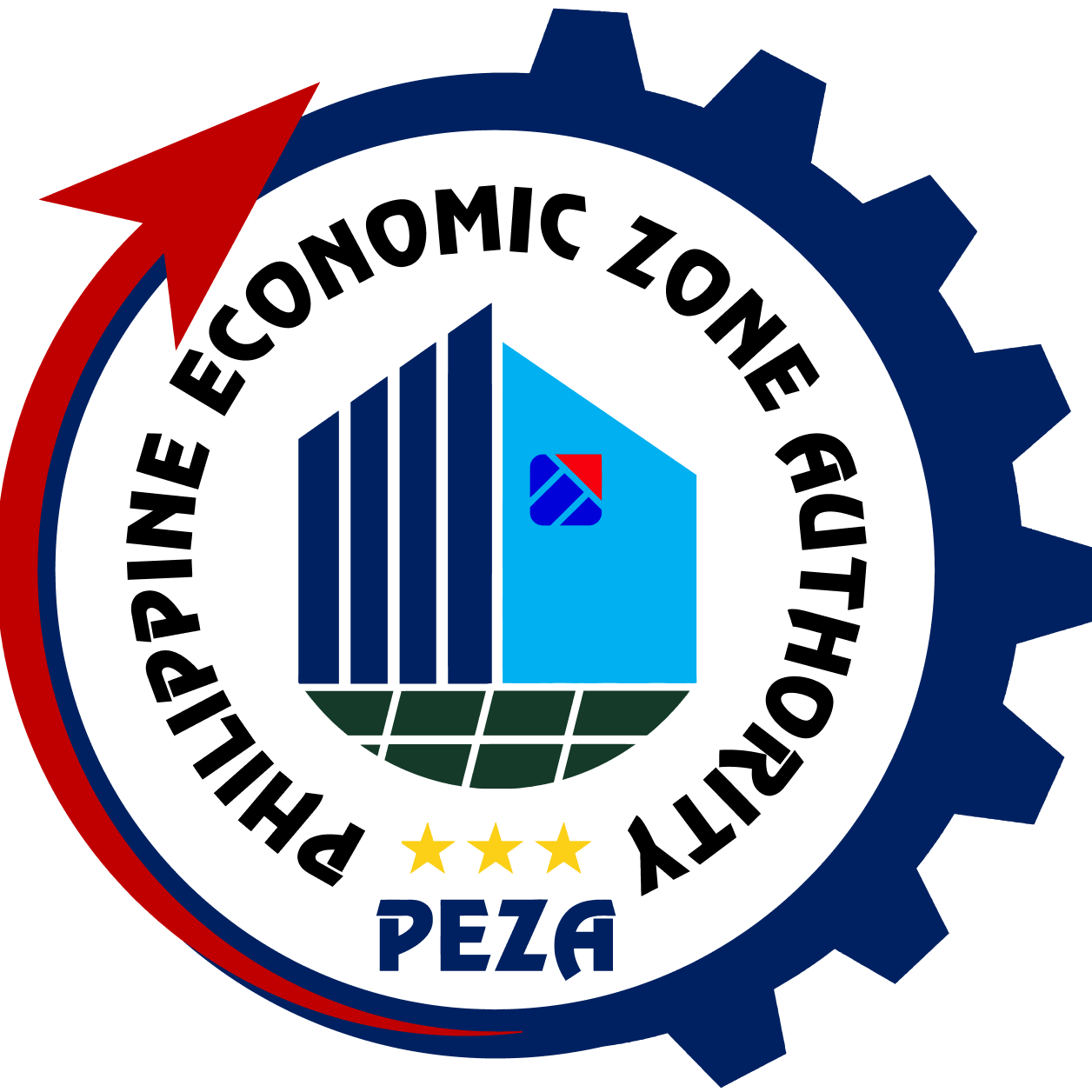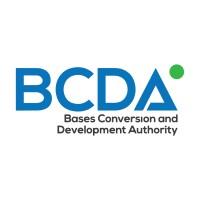Local businesses are often challenged by high operating costs, increasing competition, and evolving tax regulations. Every peso counts especially when preparing for expansion, diversification, or long-term sustainability. What many businesses overlook is the variety of tax incentives available, which could significantly reduce their tax burden and fuel their growth.
Understanding tax incentives is not just about compliance; it is about strategically maximizing opportunities provided by the government.
Why Tax Incentives Exist
The Philippine government, through the Corporate Recovery and Tax Incentives for Enterprises (CREATE) Act, aims to stimulate investment, encourage employment, and boost local industries by granting both fiscal and non-fiscal incentives to qualifying businesses.
Knowing that tax incentives exist is one thing — understanding which ones apply to your business is where the advantage truly begins
Types of Tax Incentives Available
Here are some of the most relevant incentives available to medium and large enterprises under CREATE:
Income Tax Holiday
(ITH)
Eligible enterprises may enjoy exemption from income tax for a period of 4 to 7 years, depending on the project's location and industry classification.
Special Corporate Income Tax
(SCIT) or Enhanced Deduction
After the ITH, businesses may choose between:
Paying a lower 5% tax on gross income (SCIT), or
Availing enhanced allowable deductions under the regular corporate tax regime.
Duty Exemption
on Imported Capital Equipment, Raw Materials, Spare Parts, or Accessories
VAT Exemption
on Importation and VAT Zero-Rating of Local Purchases
Enhanced Net Operating Loss Carry Over
(NOLCO)
Net operating losses incurred during the first three years of operation may be carried over and deducted from taxable income for the next five consecutive years.
Who Administers Tax Incentives?
Tax incentives are granted through various Investment Promotion Agencies (IPAs) such as:
Each IPA has its own set of priority investment areas, eligibility criteria, and application procedures.
Common Misconceptions About Tax Incentives
How does financial and operational support directly influence workforce productivity?
X
Tax Incentives Are Only For Foreign Investors
X
Only Manufacturing Companies Qualify
X
The Process Is Too Complicated For Medium-sized Businesses
In reality, local companies across various industries including IT-BPM, logistics, and renewable energy, may qualify. With proper guidance, the process becomes manageable and rewarding.
Industries Commonly Benefiting from Incentives
Based on the Strategic Investment Priority Plan (SIPP) and CREATE law, industries likely to benefit include:
| Industry | Potential Incentives |
| Manufacturing | ITH, SCIT, VAT Zero-Rating |
| Construction & Real Estate | VAT Exemptions, NOLCO |
| IT-BPM | ITH, VAT Zero-Rating, Duty Exemptions |
| Logistics & Supply Chain | SCIT, VAT Incentives |
| Renewable Energy | ITH, Duty and VAT Exemptions |
| Agribusiness | ITH, VAT Zero-Rating, Enhanced Deductions |
| Healthcare (Hospitals, Facilities) | VAT Incentives, Duty Exemptions |

The Bigger Picture for Mid-to-Large Enterprises
Many medium and large corporations already comply with tax laws but miss out on the real advantage of strategic tax planning. Incentives can:
Reduce annual tax liabilities significantly
Free up resources for reinvestment
Enhance financial resilience
Improve competitiveness in the market
How to Start?
Assess Eligibility
Evaluate if your industry and project meet incentive requirements.
Review SIPP and IPA Guidelines
Each IPA has tailored rules and processes.
Prepare Documentation
Include financial reports, business plans, registrations, and project details.
Engage a Professional Advisor
Work with experts who understand the landscape of Philippine tax incentives.
References
Republic Act No. 11534 (CREATE Act)
2022 Strategic Investment Priority Plan (SIPP)




